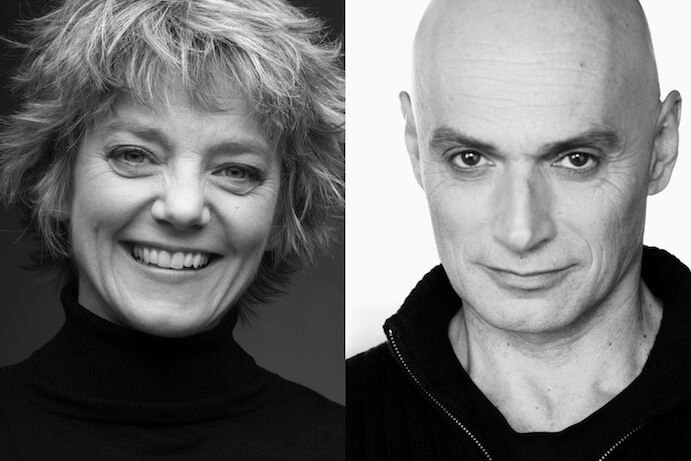Ottawa’s Music and Beyond festival is one of two major chamber music festivals in Canada’s capital. Even in such a musical climate, a two piano affair featuring a new music program is simply hard to come by – hence the exclamation mark in Two Pianos!, a pairing of Brigitte Poulin and Jean Marchand, playing a noon hour concert on July 9, 2015 at the University of Ottawa’s Tabaret Hall. The acoustics weren’t ideal– Tabaret was one of the first Canadian buildings constructed entirely out of reinforced concrete, for fireproofing, and the utilities emitted a dull rumble – but all of this was forgotten as Poulin and Marchand took to the keys.
Recently passed French composer Henri Dutilleux’s Figures de résonances (1970/76) offered an exploration of the extreme ranges of the pianos right out of the gate, moving towards an exquisite control of the overtones as keys procedurally dropped out of the sustain. Pregnant pauses rendered regular room for contemplation between the phrases, and cloudy pleasant harmonies followed like a rolling morning fog. Some distinctive bluesy gestures then took over, interspersed with gently abrasive quartal harmonies. Pointillism featured near the end, unassuming, yet precise.
Of the four on the program, Scènes de ballet Petrouchka (scenes from the ballet, Petrouchka), the now definitively classic gem from Igor Stravinsky, dominated the program. A move to one piano with four hands changed the pace a little with the Russian folk tunes that feature in the ballet leading the way, ripening and decaying with dense harmonies and trills. Polyrhythms and irregularity, that Stravinskyan staple, kept things on a fresh pace.

Denis Gougeon
Next, Canadian and Montreal-based Denis Gougeon’s Andante Sostenuto (2013) changed the pace yet again, perhaps ironically turning back the clock from Stravinsky, with a distinctly neo-romantic sensibility on display. Lush chromatics, tonal parallelism, and thwarted harmonic expectations set the tone with its very matter-of-fact title. I was particularly struck by its wondrous ending: a pitch-black minor chord voicing, breaking in a delightful Picardy third at the very last moment, in the uppermost register. Fitting with the piece as a whole, Marchand was quite effective in realizing Gougeon’s apparent effort at rendering the romantic style fresh and new.
John Adams’ Hallulujah Junction rounded things out with the John Adams Brand of Minimalism. There was a nice change of timbre in the second section – brassy, soft. The challenge here was to make it not sound too mechanical, as though one is phoning it in. While there were bright spots, I did feel as though the pianists were merely going through the motions. Marchand, in particular, was a joy to watch, seeing him mouth all of the rhythms as he goes, and hearing Poulin stamp it out by the end was great too. I’ll definitely concede it’s a matter of taste, and Adams fans would have likely enjoyed it more than I did.
For an encore to the sizable crowd, Poulin and Marchand took to Stravinsky once more, with a tango originally written for solo piano, transcribed by the great 20th century piano duo Vronsky and Babin. Overall, Poulin and Marchand’s compelling mix of heart and intellect fit the program well, serving as a convincing reminder that new music need not always be synonymous with the avant-garde.





















